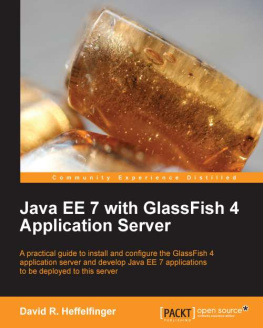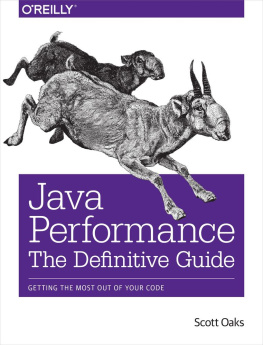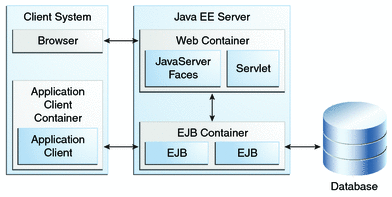Elder Moraes [Elder Moraes] - Java EE 8 Cookbook
Here you can read online Elder Moraes [Elder Moraes] - Java EE 8 Cookbook full text of the book (entire story) in english for free. Download pdf and epub, get meaning, cover and reviews about this ebook. year: 2018, publisher: Packt Publishing, genre: Computer. Description of the work, (preface) as well as reviews are available. Best literature library LitArk.com created for fans of good reading and offers a wide selection of genres:
Romance novel
Science fiction
Adventure
Detective
Science
History
Home and family
Prose
Art
Politics
Computer
Non-fiction
Religion
Business
Children
Humor
Choose a favorite category and find really read worthwhile books. Enjoy immersion in the world of imagination, feel the emotions of the characters or learn something new for yourself, make an fascinating discovery.
- Book:Java EE 8 Cookbook
- Author:
- Publisher:Packt Publishing
- Genre:
- Year:2018
- Rating:5 / 5
- Favourites:Add to favourites
- Your mark:
Java EE 8 Cookbook: summary, description and annotation
We offer to read an annotation, description, summary or preface (depends on what the author of the book "Java EE 8 Cookbook" wrote himself). If you haven't found the necessary information about the book — write in the comments, we will try to find it.
A practical guide for building effective enterprise solutions with Java EE 8
About This Book- Recipes to get you up-and-running with Java EE 8 application development
- Learn how to apply the major Java EE 8 APIs and specifications
- Implement microservices and Reactive programming with Java EE 8
This book is for developers who want to become proficient with Java EE 8 for their enterprise application development. Basic knowledge of Java is assumed
What You Will Learn- Actionable information on the new features of Java EE 8
- Using the most important APIs with real and working code
- Building server side applications, web services, and web applications
- Deploying and managing your application using the most important Java EE servers
- Building and deploying microservices using Java EE 8
- Building Reactive application by joining Java EE APIs and core Java features
- Moving your application to the cloud using containers
- Practical ways to improve your projects and career through community involvement
Java EE is a collection of technologies and APIs to support Enterprise Application development. The choice of what to use and when can be dauntingly complex for any developer. This book will help you master this. Packed with easy to follow recipes, this is your guide to becoming productive with Java EE 8.
You will begin by seeing the latest features of Java EE 8, including major Java EE 8 APIs and specifications such as JSF 2.3, and CDI 2.0, and what they mean for you.
You will use the new features of Java EE 8 to implement web-based services for your client applications. You will then learn to process the Model and Streaming APIs using JSON-P and JSON-B and will learn to use the Java Lambdas support offered in JSON-P. There are more recipes to fine-tune your RESTful development, and you will learn about the Reactive enhancements offered by the JAX-RS 2.1 specification.
Later on, you will learn about the role of multithreading in your enterprise applications and how to integrate them for transaction handling. This is followed by implementing microservices with Java EE and the advancements made by Java EE for cloud computing.
The final set of recipes shows you how take advantage of the latest security features and authenticate your enterprise application.
At the end of the book, the Appendix shows you how knowledge sharing can change your career and your life.
Style and approachTask based learning guide to help ease application development with Java EE.
Downloading the example code for this book You can download the example code files for all Packt books you have purchased from your account at http://www.PacktPub.com. If you purchased this book elsewhere, you can visit http://www.PacktPub.com/support and register to have the files e-mailed directly to you.
Elder Moraes [Elder Moraes]: author's other books
Who wrote Java EE 8 Cookbook? Find out the surname, the name of the author of the book and a list of all author's works by series.

![Elder Moraes [Elder Moraes] Java EE 8 Cookbook](/uploads/posts/book/119370/thumbs/elder-moraes-elder-moraes-java-ee-8-cookbook.jpg)
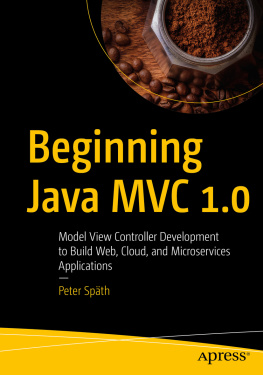

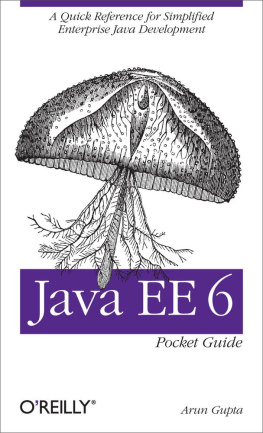
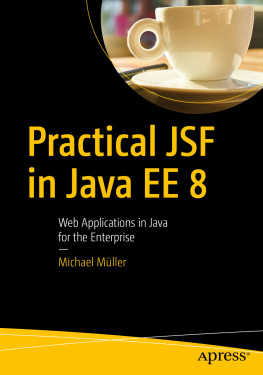
![Michael Müller [Michael Müller] - Practical JSF in Java EE 8 : Web Applications ​in Java for the Enterprise](/uploads/posts/book/124065/thumbs/michael-mg-ller-michael-mg-ller-practical.jpg)


